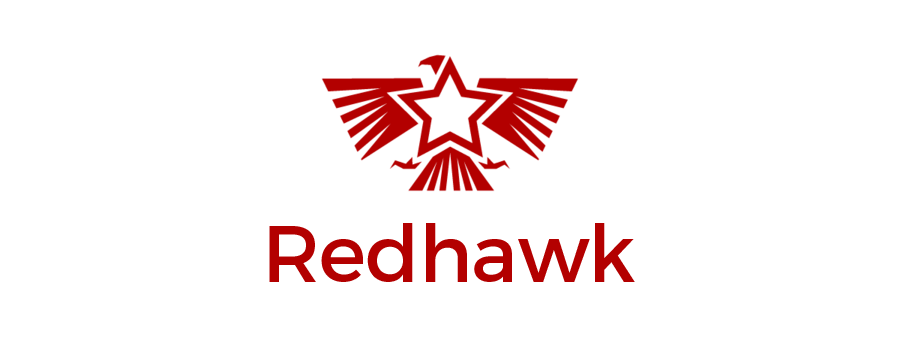Small cities can be uniquely positioned to help startups get up and running. With lower costs to operate, less competition for resources, and high levels of public interest in new companies spinning up, smaller markets can be great incubators. Despite those tailwinds, companies in smaller cities often struggle to find private investment funding. It’s not that there isn’t any money to be invested—quite the contrary. Most metropolitan areas have at least one anchor industry creating wealth that spans multiple generations. Economic development organizations bring public money to the table as well.
Creating a minimally viable product and proving market traction are normally required before a startup lands sizeable investment money. Building that MVP and proving market validity takes time and money that many new ventures don’t have.
When founders decide to take on a funding partner, they often think in terms of securing $500k or more. That kind of investment falls in a gap that normally goes unfunded—too small for institutional investment and too big for individual investors. Pre-revenue startups who want to raise a year’s or more worth of runway in a single round are often left without any dance partners.
The fragmented nature of private individual investors, relatively finite size of public money offering, and the follow-on investment plays of institutional funds perpetuate this seed funding gap.
Overcoming this gap requires founders to change their thinking.
Step 1: Take a strategic look at what it will take to create the MVP. Consider what kind of money and resources it requires, and strip out anything that isn’t absolutely crucial.
Step 2: Determine how you’ll prove market traction. Whether that includes landing the first customer, attracting users, or building models around credible survey data, plan for this before you ever determine how much money you’ll need to raise and how quickly you’ll need to raise it.
Step 3: Complete the financial projections to determine the amount you absolutely need to pull off Steps 1 and 2. Decide how much equity you’re willing to give up (hint: it will be more than you want to give up).
Operating under the assumption that this seed funding won’t get you very far—only to the point of launching an MVP and proving market validity—the new funding number is likely far smaller than $500k. If the numbers fall between $50k and $120k, you could very well find an individual investor or small group of investors who shares your vision and is willing to risk cash in exchange for a sizeable chunk of equity.
Once you’ve launched the MVP and proved market traction, the size and options for investment funding expand. Not only will local sources of investment be more readily available, but investors from other cities, areas, or regions may be more approachable as well. Closing the funding gap is something pre-revenue startups can do for themselves as long as they tailor their timeline, product development, and overall approach to the funding sources available.

